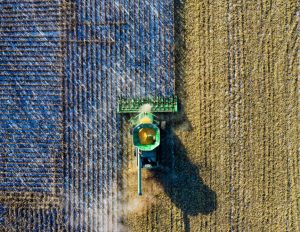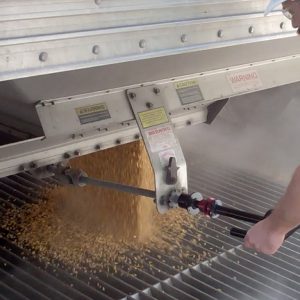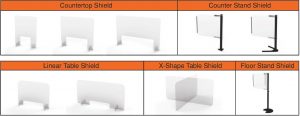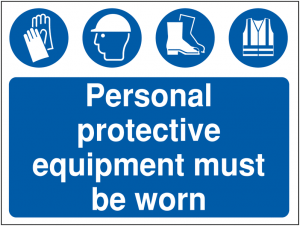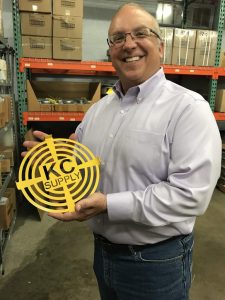Holes in spouts are a common problem that can result in thousands of dollars in lost product. However, repairs are expensive and result in costly downtime. A magnetic spout patch provides a fast, temporary solution so you can get back to work as soon as possible and prevent further loss of product.
Features and benefits
Magnetic spout patches have several advantages over conventional methods of sealing holes. These include:
Durability
Magnetic spout patches are made in the U.S.A. using hard-wearing materials. They come standard with galvanized outer sheets, with heavy-duty stainless steel an option for special order. You can also purchase inner liners made of urethane, nitrile/neoprene, or Teflon.
Urethane has the highest wear resistance among the three, while Teflon is recommended for food-grade materials. Neoprene is a middle-of-the-road option that provides good wear resistance and excellent dust-sealing capabilities.
The magnetic spout patch is reusable. Once you’ve made permanent repairs to a hole in a pipe, you can put the patch away and save it for the next time you need it.
Versatility
They come in 6″ x 6″ and 12″ x 12″ sizes. Self-adjusting, magnetic spout patches can be used on rounded metal surfaces 6 to 20 inches in diameter.
The patches are designed to adhere firmly to chutes, troughs, pipes, spouts, and more, which they do with great success. The neodymium magnets in the patches ensure they stay secure regardless of temperature, vibration, or impact. They are suitable for use in a variety of non-pressurized applications.
Ease of Use
Unlike other patches, the magnetic spout patch does not require any adhesives, welding, bolting, or taping. The magnets hold it in place with no gaps to let out any grain, even the smallest kinds like rapeseed and sesame seeds.
Applying a magnetic patch can be done by one person and does not require any special skills or tools—you definitely won’t have to call in your maintenance crew. You also don’t have to waste time waiting for an adhesive to dry—you can get back to work loading and unloading grain as soon as you’ve snapped the patch over the hole. It also comes with handles for hassle-free placement even in elevated or hard-to-reach areas.
Final thoughts
Grain handlers have to be prepared for equipment emergencies. Having a magnetic spout patch in their toolkit ensures they can quickly address holes and gaps until they can arrange a more permanent fix. Versatile, durable, and easy to use, the magnetic spout patch is a must for grain handlers who wish to avoid the costs and headaches of paused operations.
You may reach out to KC Supply Co. for more information.



